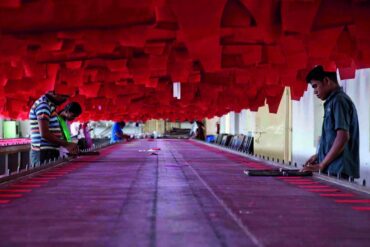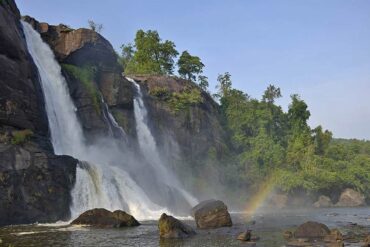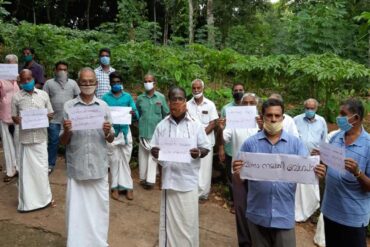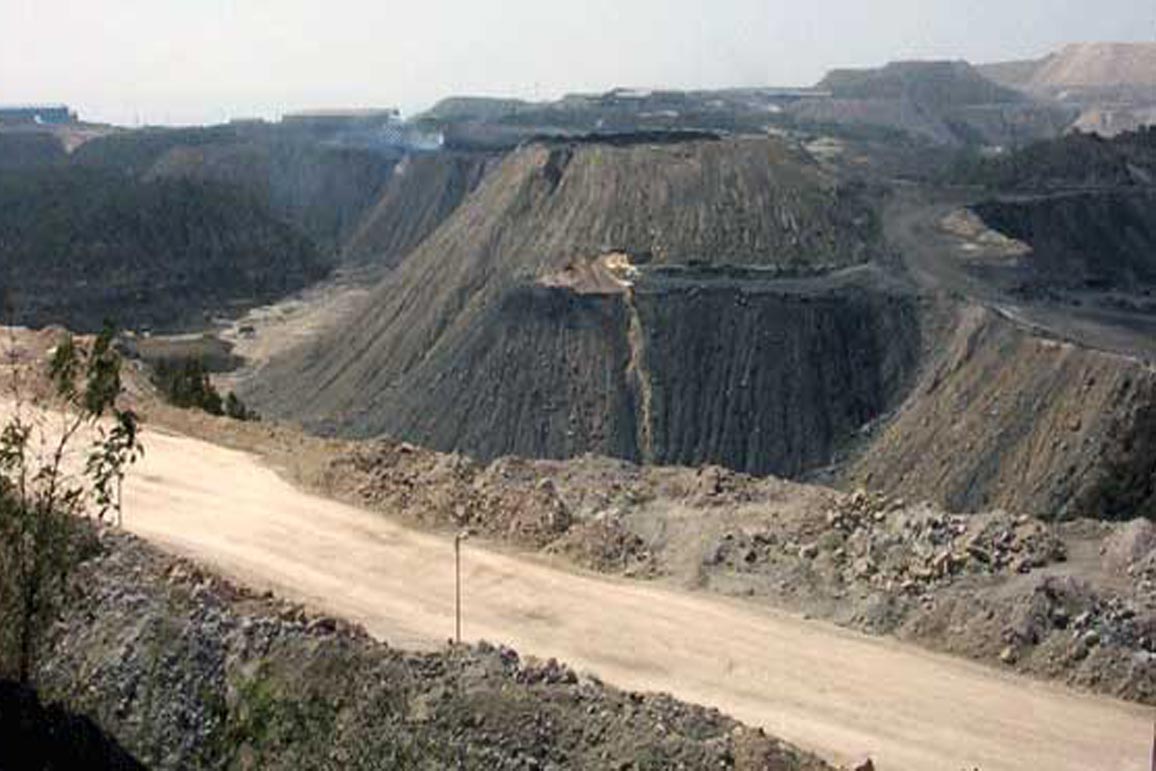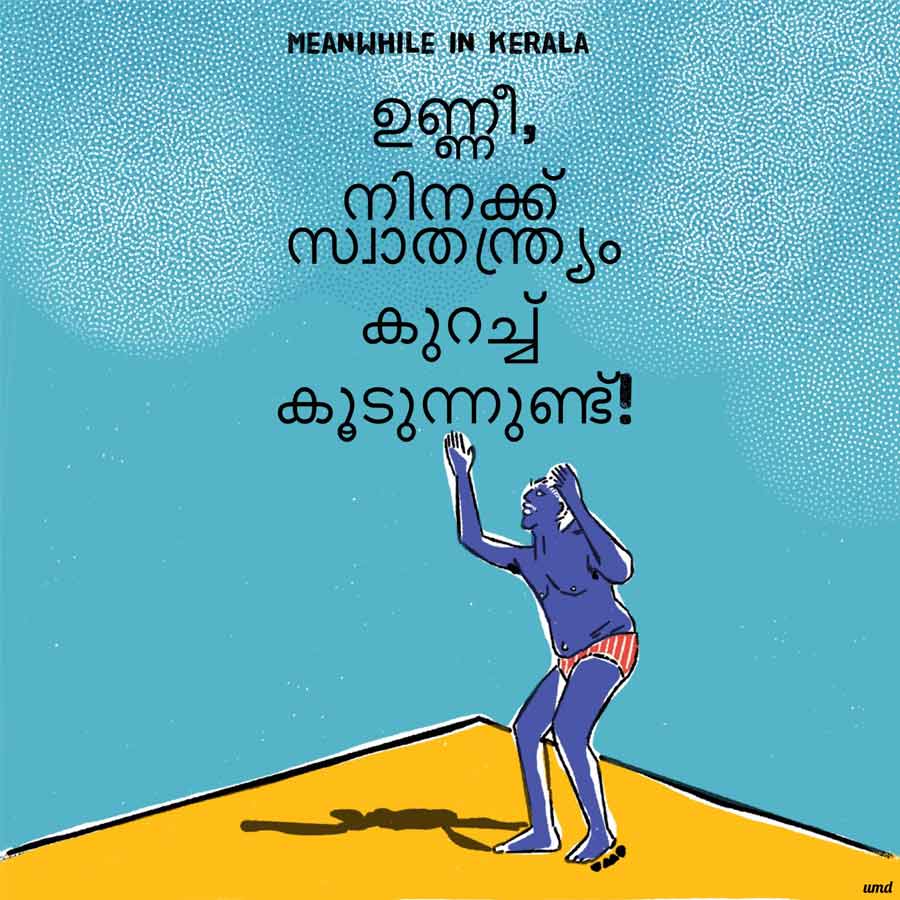Coal workers in the country, engaged in one of the most hazardous jobs, struck work for three days from June 2 to 4, 2020. It was not only against the deplorable conditions that the miners keep facing every day, the struggle launched was also against commercialization, privatization, and the destruction of the environment.
Supported by the central trade unions, the call was by all unions and federations working in the coal sector. The protest was organized simultaneously while serving the strike notice on June 18 to the concerned management.
The workers protested on June 10-11 too, but could not stop the government from reviewing its decision of commercial mining, privatization, and decision to de-link Central Mine Planning and Design Institute (CMPDI) from Coal India Limited (CIL) among other demands. It was in fact prime minister himself who launched the process of auction on June 18, as was announced earlier on June 11, hence the decision of unions to choose this day to protest and give strike notice.
The unions have put forth a total of five demands, including withdrawal of the decision of commercial mining in the coal industry, stopping all steps towards weakening or privatization of CIL or SCCL (The Singareni Collieries Company Limited) and several others.
The Coal unions and the CTUs have been opposing the government policy of 100 percent FDI in the Coal sector. They called upon their respective state chapters to extend their solidarity to this agitation in order to defend this core public sector in the national interest and for the nation’s self-reliance in this sector.
In Chhattisgarh, the protesting unions and the state government urged the Centre to exclude four coal blocks from commercial mining over environmental concerns, a major factor which was not considered at all in the process of commercialization of the mines.
Environment Minister of Chhattisgarh, Mohammad Akbar, has written to the central government, requesting that coal blocks in the region of Hasdeo and Mand rivers and a proposed elephant reserve area in the state not be auctioned for environmental reasons. He noted it was essential that mining activities in these areas be stopped for the safety of the forests and the environment in the state.
There are four coal blocks—Mogra South, Mogra II, Sayang, and Madanpur North — in the area out of the 41 odd blocks set to be auctioned for commercial mining in line with an announcement by the Prime Minister on June 19.
In yet another instance, Jharkhand has also moved the Supreme Court to block the auction of its coal blocks which are a part of the same auction as in Chhattisgarh, citing the need for a fair assessment of the social and environmental impact of mining in the area that has caused further worsening of the investment climate in the states receiving any consideration in the proposed auctions.
The areas in Chhattisgarh are in dense forests from where tribals were displaced for the construction of the Bango dam on the Hasdeo river. Now again, they face uprooting for coal mining in the area, that too by private owners.
These are the parts of the forest that were declared as ‘no go’ zones for coal mining by the Environment Ministry. The Ministry had, in 2009, classified forest areas in the country as ‘go’ and ‘no go’ zones with mining being banned in the ‘no go’ zones. Subsequently, a government panel set up to review the efficacy and legality of forest clearance procedures had raised questions on the legality of the ban on mining in ‘no go’ zones.
In yet another measure, in Guwahati, National Board for Wildlife (NBWL) granted post-facto approval for opencast coal mining in 57.20 hectares of forest land already broken up and mined by North Eastern Coalfields of Coal India Limited in Saleki Proposed Reserve Forest (PRF) under Dehing Patkai Elephant Reserve in Assam.
The Committee, however, seems to have hushed up the actual status on the ground. Official reports say that the Tikok open cast mining project area falls within an Eco-Sensitive Zone and the southernmost tip of the project site is located just on the boundary of the 10 km radius of Dehing Patkai Wildlife Sanctuary.
The NBWL meeting described the remaining 41.39 hectares as “unbroken land” and decided that with respect to that portion, the matter would be decided after the North Eastern Coalfields submits a feasibility report for underground mining.
There are protective laws and regulations, yet there is no stopping for commercialization. So far as coal reserves are concerned, only 15 percent was in dense forests, but even that is not spared. Denuding continues, at the peril of life and nature.


